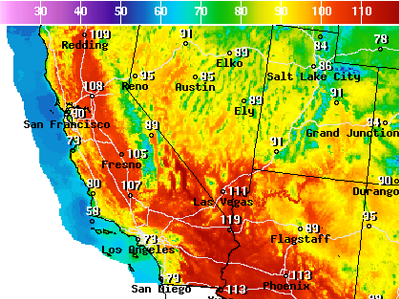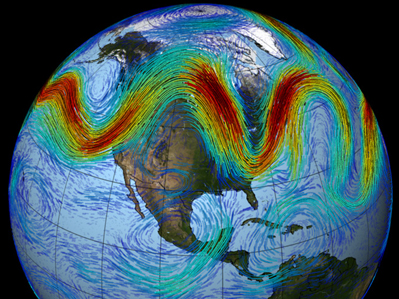NIHHIS and NOAA Environmental VizLab Collaborate on Urban Heat Island App
The app provides easy access to data from the NOAA urban heat island mapping campaigns for researchers, government offices, and other users.
NIHHIS and NOAA Environmental VizLab Collaborate on Urban Heat Island App Read More »











